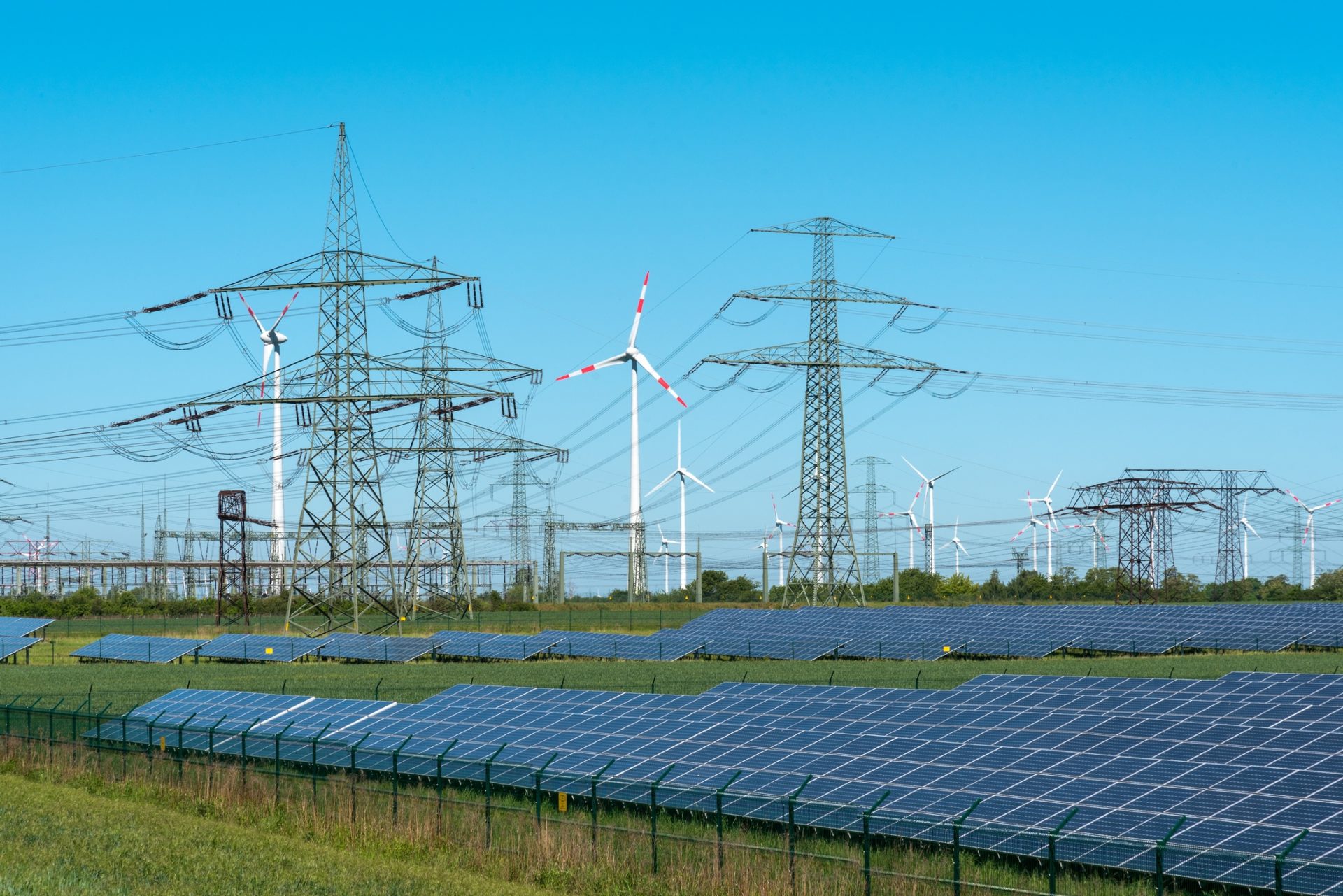With last year’s passage of the Inflation Reduction Act (IRA), Congress took its most significant action yet to address climate through legislation. As we have previously discussed, the majority of climate and energy spending in the IRA comes in the form of tax credits. In turn, the vast majority of those tax credits are designed to be used by commercial entities, as well as the tax-exempt entities like local and state governments and nonprofit organizations who can now use tax credits through new direct pay provisions to make it cheaper to buy solar arrays, batteries, and other green investments. We have previously shared comments we submitted in response to Treasury’s Request for Information, making our recommendations on equitable implementation for a broad range of the energy tax credits.
Among these tax credits, the Low-Income Communities Bonus Credit (LICBC) program has particular potential to benefit environmental justice and low-income communities, because it provides extra credit amounts for small wind or solar installations in low-income communities. Under this program, Congress directed Treasury to establish a problem to make allocations from 1.8 GW of “Capacity Limitation” each year, starting with calendar year 2023. The program provides an additional 20% credit amount for two types of projects, low-income residential building projects (small wind/solar installed on affordable housing) and low-income economic benefit projects (community solar).
In February 2023, Treasury issued initial guidance on the LICBC program on the overall program design, application process, and additional criteria that will be considered in determining which applicants will receive an allocation for calendar year 2023.
Treasury’s Notice of Proposed Rulemaking was published in the Federal Register on June 1, 2023, providing further detail and clarity on Treasury’s plans to implement the LICBC program in calendar year 2023. We collaborated with a number of other equity and environmental justice-focused partners to submit comments on the proposed rule. Our comments are summarized below, but you can also read the full comments here.
Energy storage technology (batteries)
- Support the proposed definition and safe harbor provision for energy storage technology (batteries) to qualify for this tax credit adder; and
- Request clarification that the power rating of an energy storage technology installed in connection with a qualified solar and wind facility has no effect on a project’s allocation.
Qualified low-income residential building projects
- Treasury should adopt a baseline requirement of passing on at least 25% of net energy savings to tenants;
- Treasury should provide guidance on technical assistance resources to assist affordable housing providers in calculating and reporting “gross financial value of the annual energy produced” and consider whether utility bill statements or other approaches can be relied upon to determine this value;
- Treasury should provide guidance on benefits sharing agreements, including requiring specific consumer protection disclosures, and consider adopting a model affidavit or agreement, like those used in California’s Solar on Multifamily Affordable Housing or San Joaquin Valley Disadvantaged Communities pilot programs;
- Treasury should include tenant protections against rent increases, wrongful eviction, and property sales, and provide for relocation assistance or right of return and enforcement mechanisms; and
- Support Treasury’s proposal to require building owners to pass on energy savings to residents and follow HUD guidance on passing on community solar benefits in master-metered buildings; and recommend that Treasury provide further guidance to clarify requirements for passing on benefits.
Application process
- Treasury should provide as much transparency as possible on the application process, especially expected timelines for decisions.
Additional selection criteria
- Support the 50% reservation within each facility category for applications that meet additional selection criteria, consistent with EO 13985 as well as Treasury’s Equity Action Plan;
- Suggest incorporating a new category of additional selection criteria based on whether the proposed project provides benefits to the local community, such as targeted hiring provisions, local procurement standards for Minority, Women, and Disadvantaged Business Enterprises (MWDBEs), energy bill savings, or energy burden reduction;
- Support proposed inclusion of certain disadvantaged communities (DACs) identified by Climate and Economic Justice Screening Tool (CEJST) and recommend adding additional CEJST DACs as well as mechanisms to incorporate DACs identified by robust state-level environmental justice screening tools like CalEnviroScreen and for communities to self-nominate based on data not captured by CEJST or state screening tools; and
- Recommend that Treasury provide a publicly-accessible mapping tool to identify areas that meet the geographic criteria.
Ownership criteria
- Suggest using “provision of benefits” as additional selection criteria instead of the proposed “qualified renewable energy company” criteria.
Employment of workers from low-income communities
- If Treasury retains the “qualified renewable energy company” criteria, then we recommend that such companies by required to enter into Community Workforce Agreements that incorporate community benefits including targeted hiring, apprenticeship provisions including direct entry for approved pre-apprenticeship programs, local procurement standards for MWDBEs, and compliance monitoring provisions.
Documentation and attestations
- If Treasury adopts the “provision of benefits” additional selection criteria approach that we suggest, then Treasury should require the submission of documentation like signed Community Benefits Agreements and attestations about the use of local hiring provisions; and
- Treasury should ensure all submitted documentation adequately protect the privacy of individuals and households.
Additional comments
- Treasury should conduct outreach and provide technical assistance to community-based organizations and local governments, including in languages other than English;
- Treasury should designate the LICBC program as a “covered program” under Justice40;
- Treasury should require that applicants report annually on benefits provided to households; and
- Treasury should clarify that a solar/wind facility can be installed on outbuildings and open space on the same property as a covered residential building to qualify as a qualified low-income residential building project.
